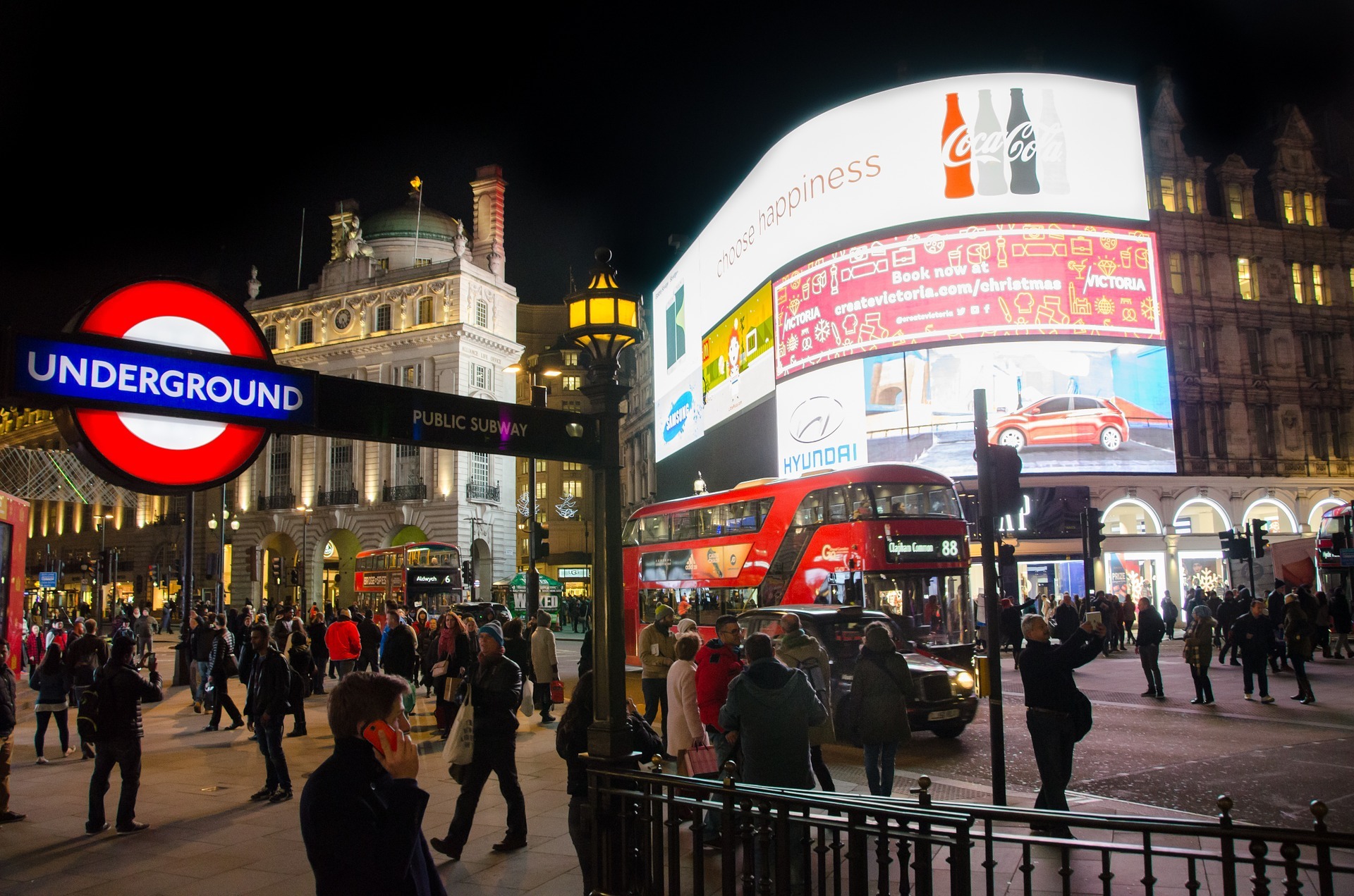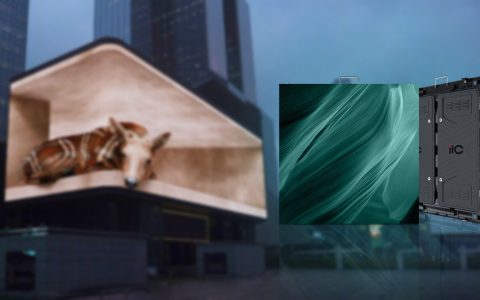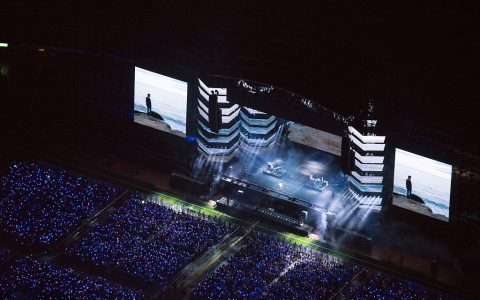We often hear that the grayscale of the LED display is what is the brightness and brightness, so how much do you know about the grayscale and brightness of the LED display? Let's take a look at the explanation given by itc professionals.
Led display grayscale, also known as color scale or grayscale, refers to the brightness of the degree of brightness. For digital display technology, grayscale is the determinant of the number of colors displayed. In general, the higher the grayscale, the richer the color displayed on the display screen, the more delicate the picture, and the easier it is to express rich details.

The gray level of the LED display mainly depends on the number of A/D conversion bits of the system. Of course, the system's video processing chip, memory and transmission system must provide the corresponding bit of support. At present, the domestic LED display mainly adopts an 8-bit processing system, that is, 256 (28) level grayscale. The simple understanding is that there are 256 brightness variations from black to white. The use of RGB three primary colors can constitute 256×256×256 = 16777216 colors. These are commonly referred to as 16 metachromatic colors. International brand display mainly uses 10-bit processing system, that is, 1024 levels of grayscale, RGB three primary colors can constitute 1.07 billion colors.
Although grayscale is the determinant of the number of colors, it does not mean that unlimited larger is better. Because first of all, the resolution of the human eye is limited, and then the improvement of the number of processing digits in the system will involve changes in various aspects of system video processing, storage, transmission, scanning, etc., and the cost has increased sharply, and the cost performance has decreased. In general, 8-bit systems can be used for civil or commercial-grade products, and 10-bit systems can be used for broadcast-grade products.
Brightness identification level refers to the brightness level of an image that the human eye can distinguish from the blackest to the whitest. As mentioned earlier, the gray level of the display screen is high, which can reach 256 levels or even 1024 levels. However, due to the limited sensitivity of the human eye to brightness, these gray levels cannot be fully recognized. That is to say, many adjacent grades of grayscale may look the same to the human eye. And the ability of the eye to distinguish is different for everyone. For the display, the level of human eye recognition is naturally the more the better, because the displayed image is for people to see after all. The more brightness levels the human eye can distinguish, the greater the color space of the display, and the greater the potential to display rich colors. Brightness identification level can be tested with special software, and the general display can reach more than 20 levels, which is a better level.

Grayscale nonlinear transformation refers to the transformation of grayscale data according to empirical data or some kind of arithmetic nonlinear relationship and then provided to the display screen. Since LEDs are linear devices, they are different from the nonlinear display characteristics of traditional displays. In order to be able to make the LED display effect conform to the traditional data source without losing the gray level, the nonlinear transformation of the grayscale data will generally be done at the rear level of the LED display system, and the number of data bits after the transformation will increase (to ensure that the grayscale data is not lost).
At present, some control system suppliers in the industry call 4096 grayscale or 16384 grayscale or higher refer to the gray space size after nonlinear transformation. The 4096 class uses a nonlinear transformation technique from an 8-bit source to a 12-bit space, and the 16384 class uses a nonlinear transformation technique from 8-bit to 16 bits. The nonlinear transformation is done by the 8-bit source, and the space after conversion is definitely larger than the 8-bit source. Generally at least 10 bits. Like grayscale, this parameter is not as large as possible, generally, 12 bits can do enough transformation.
Therefore, for the size of grayscale and brightness, it is not that the bigger the better, but according to customer needs, the appropriate grayscale and brightness size will take unexpected effects.



